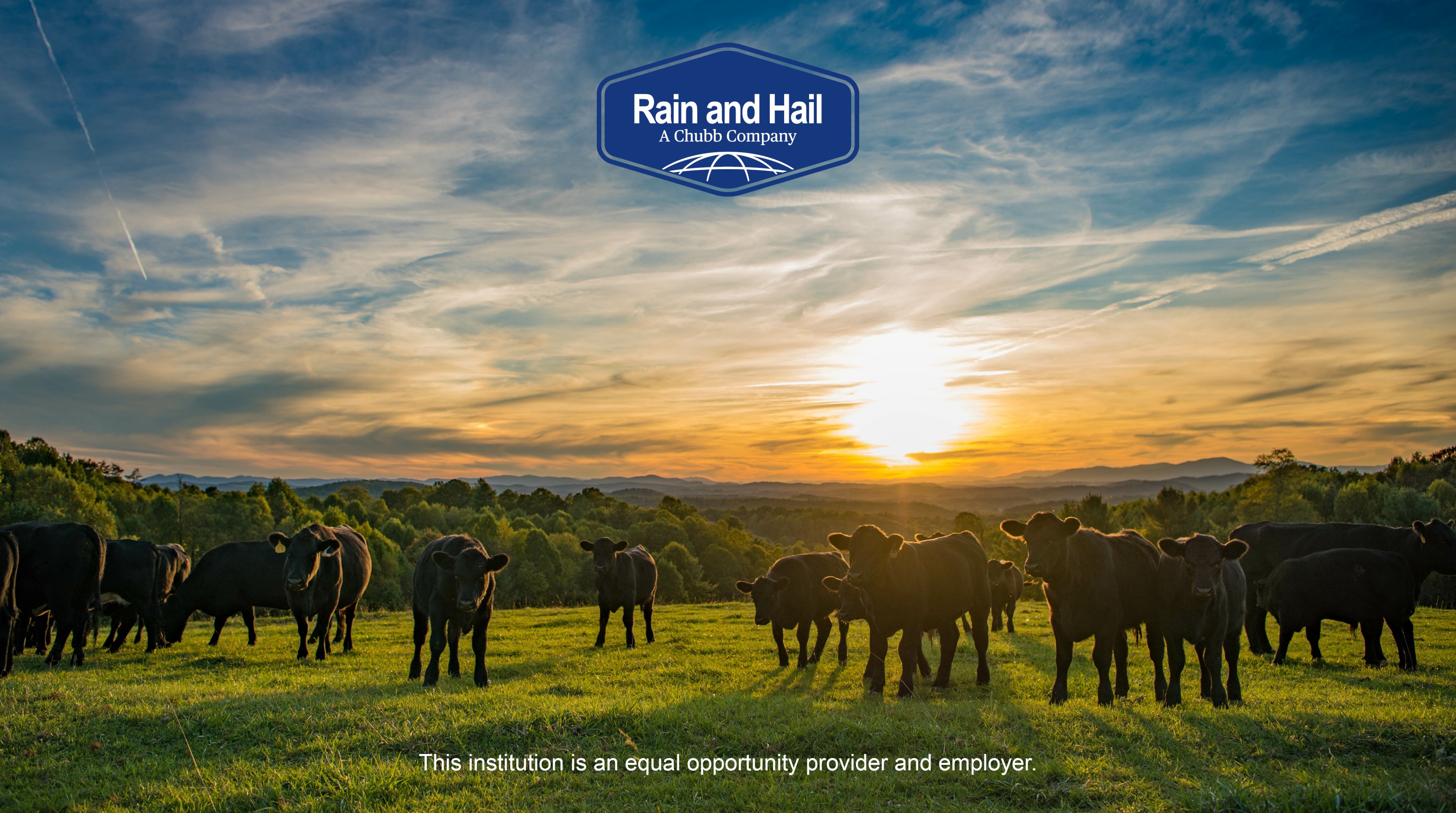Equip Your Business: Bagley Risk Management Insights
Equip Your Business: Bagley Risk Management Insights
Blog Article
Recognizing Livestock Risk Protection (LRP) Insurance Policy: A Comprehensive Overview
Browsing the realm of livestock threat defense (LRP) insurance policy can be a complex undertaking for numerous in the farming field. This kind of insurance supplies a safety and security internet against market changes and unforeseen circumstances that could influence livestock manufacturers. By recognizing the ins and outs of LRP insurance policy, producers can make educated decisions that may secure their procedures from monetary threats. From how LRP insurance policy functions to the different insurance coverage options available, there is much to discover in this thorough overview that can possibly shape the way animals producers come close to threat management in their organizations.

Exactly How LRP Insurance Works
Occasionally, comprehending the auto mechanics of Animals Threat Protection (LRP) insurance coverage can be complex, however damaging down how it works can supply clearness for farmers and breeders. LRP insurance policy is a threat management tool developed to protect animals producers versus unanticipated cost declines. It's crucial to keep in mind that LRP insurance policy is not a revenue guarantee; rather, it focuses solely on rate threat protection.
Qualification and Insurance Coverage Options

When it comes to insurance coverage options, LRP insurance policy supplies producers the adaptability to pick the insurance coverage level, insurance coverage duration, and recommendations that ideal match their danger administration needs. By recognizing the eligibility criteria and protection alternatives offered, livestock producers can make enlightened decisions to handle risk efficiently.
Benefits And Drawbacks of LRP Insurance Policy
When examining Livestock Risk Protection (LRP) insurance policy, it is crucial for animals manufacturers to weigh the advantages and drawbacks fundamental in this danger administration device.

Among the main benefits of LRP insurance is its capability to offer protection against a decline in animals rates. This can help guard producers from economic losses arising from market fluctuations. In addition, LRP insurance provides a level of adaptability, enabling producers to customize insurance coverage levels and policy periods to fit their certain demands. By securing a guaranteed rate for their animals, manufacturers can better take care of danger and plan for the future.
However, there are also some disadvantages to think about. One constraint of LRP insurance policy is that it does not shield against all kinds of dangers, such as illness outbreaks or all-natural catastrophes. Furthermore, costs can in some cases be pricey, specifically for producers with large animals herds. It is critical for producers to thoroughly evaluate their individual threat exposure and financial situation to determine if LRP insurance is the best danger management device for their operation.
Understanding LRP Insurance Coverage Premiums

Tips for Making Best Use Of LRP Advantages
Maximizing the benefits of Animals Threat Defense (LRP) insurance coverage calls for strategic planning and proactive threat administration - Bagley Risk Management. To make the many of your LRP insurance coverage, consider the complying with ideas:
Consistently Assess Market Problems: Stay informed regarding market patterns and rate variations in the animals market. By keeping an eye on these factors, you can make informed decisions about when to buy LRP protection to shield versus possible losses.
Establish Realistic Insurance Coverage Degrees: When picking coverage degrees, consider your manufacturing prices, market price of livestock, and potential threats - Bagley Risk Management. Setting realistic coverage levels makes certain that click you are adequately secured without why not check here overpaying for unnecessary insurance coverage
Diversify Your Coverage: As opposed to counting only on LRP insurance policy, take into consideration diversifying your risk management strategies. Incorporating LRP with other risk monitoring devices such as futures agreements or alternatives can give extensive protection against market unpredictabilities.
Testimonial and Readjust Insurance Coverage Regularly: As market problems alter, regularly examine your LRP coverage to ensure it aligns with your present danger direct exposure. Readjusting protection degrees and timing of purchases can help maximize your risk security method. By following these tips, you can take full advantage of the advantages of LRP insurance and secure your livestock operation versus unforeseen risks.
Final Thought
To conclude, livestock threat security (LRP) insurance is a beneficial tool for farmers to handle the financial dangers connected with their animals procedures. By recognizing just how LRP works, eligibility and coverage choices, along with the benefits and drawbacks of this insurance, farmers can make educated choices to protect their source of incomes. By carefully taking into consideration LRP costs and implementing methods to take full advantage of advantages, farmers can mitigate potential losses and guarantee the sustainability of their procedures.
Livestock Visit This Link producers interested in obtaining Livestock Threat Security (LRP) insurance coverage can check out an array of eligibility criteria and insurance coverage alternatives tailored to their particular animals procedures.When it comes to insurance coverage options, LRP insurance policy offers producers the adaptability to choose the protection level, protection period, and endorsements that finest suit their risk management requirements.To comprehend the intricacies of Animals Threat Defense (LRP) insurance coverage completely, recognizing the elements influencing LRP insurance costs is vital. LRP insurance coverage premiums are identified by various elements, including the protection degree picked, the expected rate of livestock at the end of the coverage duration, the kind of livestock being guaranteed, and the size of the coverage duration.Evaluation and Readjust Insurance Coverage On a regular basis: As market problems alter, periodically evaluate your LRP protection to guarantee it lines up with your existing risk exposure.
Report this page